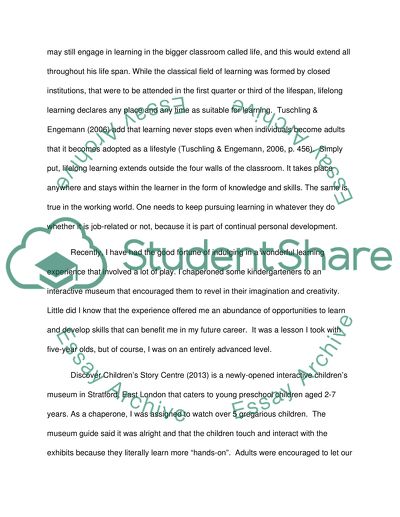Cite this document
(Corporate Lessons Learned From Play with Kindergarteners Assignment, n.d.)
Corporate Lessons Learned From Play with Kindergarteners Assignment. Retrieved from https://studentshare.org/sociology/1494314-employability-personal-development
Corporate Lessons Learned From Play with Kindergarteners Assignment. Retrieved from https://studentshare.org/sociology/1494314-employability-personal-development
(Corporate Lessons Learned From Play With Kindergarteners Assignment)
Corporate Lessons Learned From Play With Kindergarteners Assignment. https://studentshare.org/sociology/1494314-employability-personal-development.
Corporate Lessons Learned From Play With Kindergarteners Assignment. https://studentshare.org/sociology/1494314-employability-personal-development.
“Corporate Lessons Learned From Play With Kindergarteners Assignment”, n.d. https://studentshare.org/sociology/1494314-employability-personal-development.


